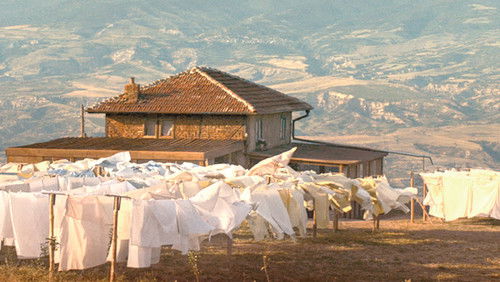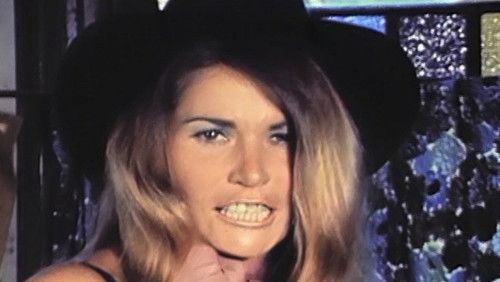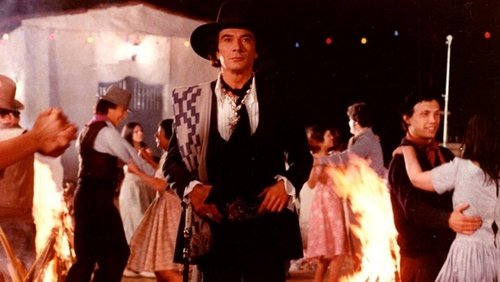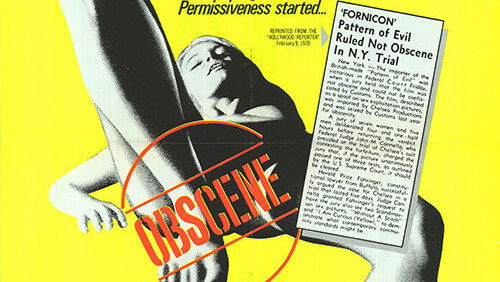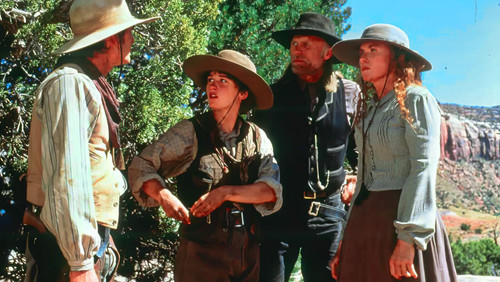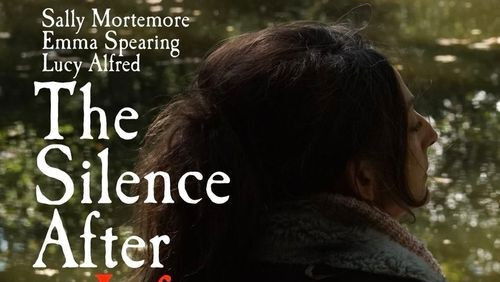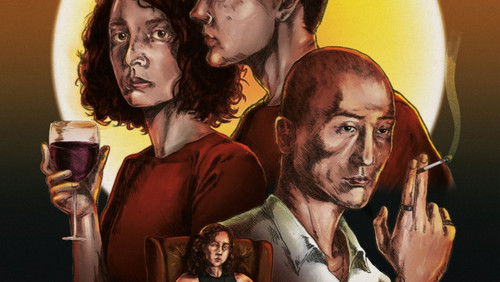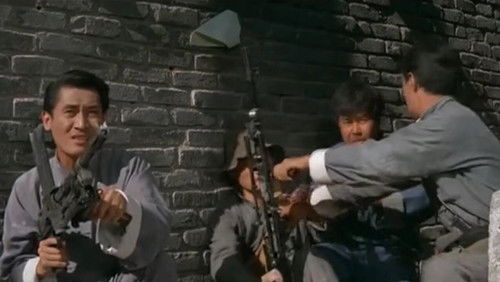Die schöne Querulantin (1991)
41KDie schöne Querulantin: Directed by Jacques Rivette. With Michel Piccoli, Jane Birkin, Emmanuelle Béart, Marianne Denicourt. The former famous painter Frenhofer revisits an abandoned project using the girlfriend of a young visiting artist. Questions about truth, life, and artistic limits are explored.
“Having seen u0026quot;Va Savoiru0026quot; recently prompted me to rent Jacques Rivetteu0026#39;s 1990 u0026quot;La Belle Noiseuse,u0026quot; a daunting runtime of 240 minutes (though I noticed it was only 3 hr. 48 mins.) Itu0026#39;s well worth the time and experience. An experience in painting – nude figure drawing to be precise. But itu0026#39;s not a film merely about lessons in nude figure modeling from the beautiful Emmanuelle Béart, or meticulous details of an artistu0026#39;s painting process from veteran actor Michel Piccoli, there is a Rivette storyline depicting multiple relationships, himself literally painting us psychological pictures/sketches. Heu0026#39;s truly the French filmic master of human predicaments between man and woman. Rivette has such visions, skillful techniques, and superb craft in telling his story with thoughtful details – never misses a beat. u003cbr/u003eu003cbr/u003eThe beginning scenes put us in a comfortable rural setting outside of Paris – beautiful open views of the village town, captures of the villa architectural interiors, and tastes of the lovely airy gardens and shady greens exterior. Yes, there are plenty of dialogs, but the inclusion of real-time ambient and environmental sounds made u0026quot;La Belle Noiseuseu0026quot; experience whole. It has the most wonderful ordinary sound of the studio door with latch creak opens and closes – it comes so naturally. Thereu0026#39;s the pen nib scratching against the sketchpad paper, the chalk against the surface of a canvas, even the quick ruffling of sheets when Béart the model swivel-turned in defiance – such detailed little sounds simply add to the flavor and tone of the story. We see two pairs of relationship and then some: between the mature and weathered pair of Edouard Frenhofer the painter and Liz his wife (who used to be his favorite model) portrayed by Michel Piccoli and Jane Birkin; the younger set Marianne and Nicolas, yet to absorb the trials and zest of life, portrayed by Emmanuelle Béart and David Bursztein; then the twists of the mercurial commercial-minded Balthazar Porbus, the unrelenting insistent Nicolasu0026#39; sister Julienne, with gentle relieving pauses from young Magali, daughter of housekeeper Francoise, not to forget Justine the Cat. u003cbr/u003eu003cbr/u003eOther then an Igor Stravinsky piece used for the beginning/ending credit roll, and Magaliu0026#39;s brief morning ballet exercise, thereu0026#39;s really no background music used. The occasional church bell rings, sounds of cicada and rustling leaves provided serene accents. Much is said in the unsaid, and the ending portion sure makes one wonder and prompts reflections. Rivette has a flair for unsuspecting ending drama, almost philosophical, or could it be renewed beginnings? u003cbr/u003eu003cbr/u003eThe paintings/drawings were from the hands of Bernard Dufour. Cinematography by William Lubtchansky, especially inside the studio, captured the critical chiaroscuro (light and shadows) of drawing/modeling sessions. Michel Piccoli is a regular in Luis Bunuel films; u0026quot;Belle de Jouru0026quot; 1967, with Catherine Deneuve is one example. Jane Birkin has such a gentle yet fortified disposition; sheu0026#39;s in Bertrand Tavernieru0026#39;s u0026quot;Daddy Nostalgiau0026quot; 1990, opposite Dirk Bogarde. I really enjoy Emmanuelle Béartu0026#39;s performance in Claude Sautetu0026#39;s u0026quot;Nelly et Monsieur Arnaudu0026quot; 1995, with Michel Serrault, who was equally brilliant.”
